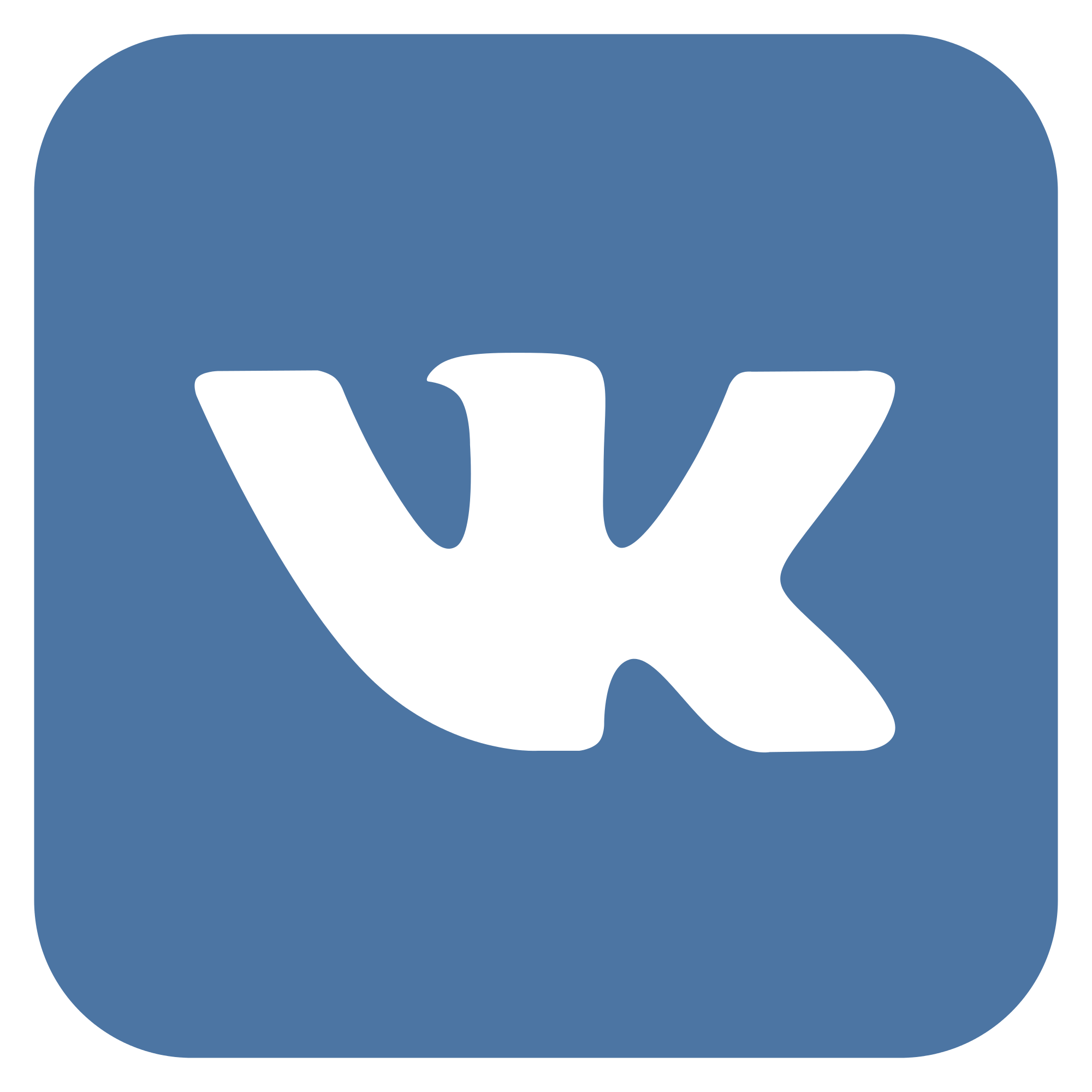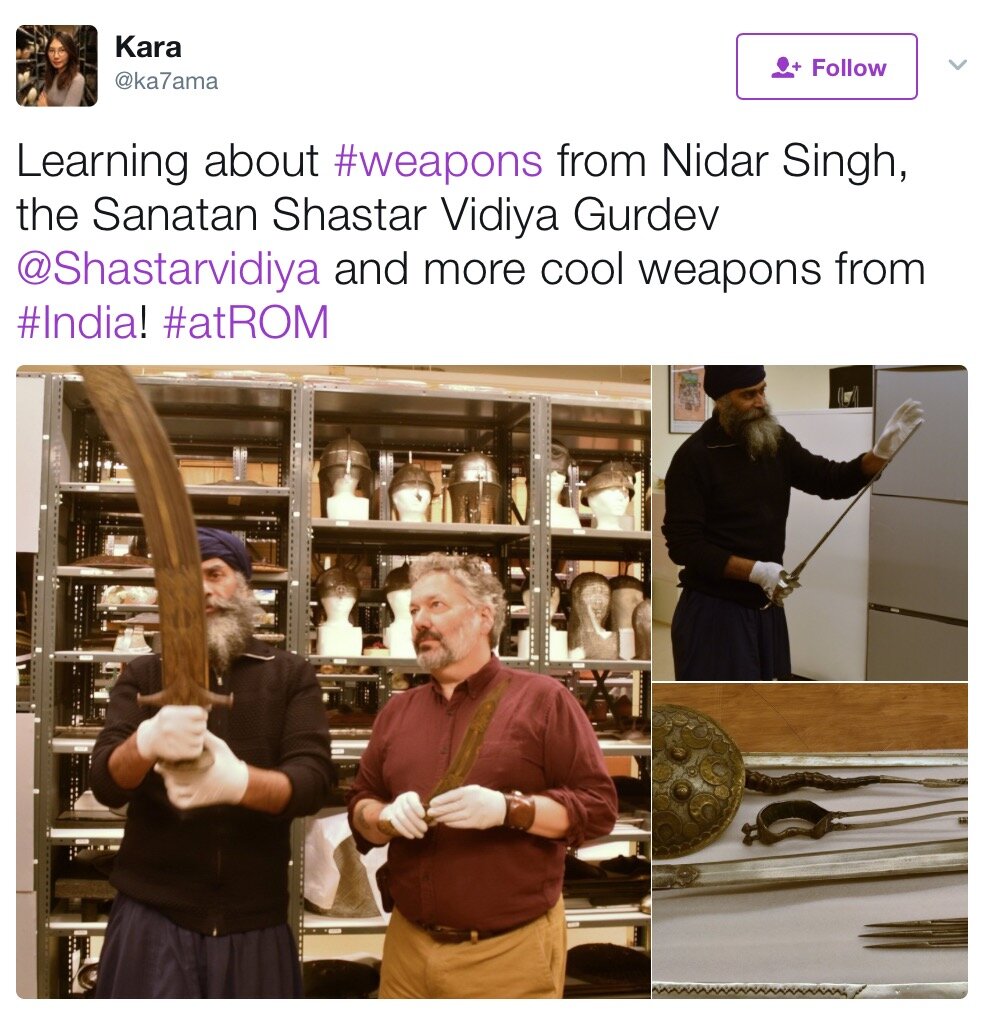






How to involve your colleagues for #MuseumWeek?
Your colleagues and staff at your Museum are you greatest asset online. Social Media has integrated itself with our daily lives and for the most part, people working in your museums will already have personal social media accounts. Are you leveraging this to boost your museum’s digital engagement presence? You should!
Leveraging the power of social media in museums is one of the easiest things you can do to increase awareness, excitement, and engagement between your community and your staff. People want to know who works behind the scenes at the museum, and what they do all day. Social Media is the easiest way to give your community that glimpse and allowing your staff to be content creators takes the pressure off the social media team to be at every event and be ready for every trending hashtag that comes along. Below are a few examples:
#atROM Colloquium 2017 – post-doc Victoria Arbour on ankylosaur tail clubs!! pic.twitter.com/BWScGjUmxE
— Dave Rudkin (@RudkinDave) February 28, 2017
#ROMbluewhale 🐋🌊 skull on the move! Good work skeleton crew! @ROMtoronto #BehindtheScenes #atROM #bluewhale #exhibitprep @ResearchCasting pic.twitter.com/LYotphlcvd
— Vincent Luk (@VincentLuk_) March 2, 2017
Learning about #weapons from Nidar Singh, the Sanatan Shastar Vidiya Gurdev @Shastarvidiya and more cool weapons from #India! #atROM pic.twitter.com/fm4iEEGsel
— Kara (@ka7ama) March 8, 2017
Like anything we do, we need to have a plan. The worst thing you can do is to start creating accounts with no strategy or communicating that staff need to be on social media without giving them a plan to fall back on. Nail down an actionable plan, get it approved and work from there.
We encourage the use of social media first through personal accounts, but we have also built out two guidelines documents for staff to fall back on. We all know how blurred the lines are between your personal and professional online presence can be so we provide our staff with on encouraging with helpful tips and tricks rather than discouraging with dos and don’t. We attempt to take the mystery around social out of the equation so that our staff can focus on the things that really matter, creating good content and fitting time for social into their workflow.
By evidence I mean analytics. You need to know your numbers and be able to articulate them to your staff. Give them concrete evidence as to why increasing their activity on social is not only a benefit to them and their research but also the institution and its community. Make sure you demonstrate the power of earned media and social media activity. There are plenty of studies and blog posts out there about this, use it to your advantage!
Having a social media competent staff means training and lots of it. Schedule regular social media training sessions, leave most of the time for questions and let your staff lead the sessions through discussion. Normally, we’ll schedule an hour session and give a ten minute presentation on one specific thing, like tagging an account in twitter photos and why it is beneficial to our objectives. We then leave the other bulk of the time for discussion and Q&A, we end up covering more ground but it is led by the staff and they take ownership over it. It becomes less like a lecture or a training session and more like a chat. The aim here is to create a comfort level with your staff, there are no stupid questions!
From these training sessions you will get even more questions that sometimes people don’t feel comfortable asking in front of a group. Offer to sit down with smaller groups or even meet with people oneonone. If you take the time to do the training, to make your staff feel comfortable with social, they’ll be more likely to figure out how to work it into their day-to-day and run with it. You cannot force anyone to sign up for an account and start sharing content. You have to put in the time, first teach them why it is beneficial but also the how.
After you’ve done all of the above, the final ingredient is to trust your staff. They are adults after all, in some cases paid to handle priceless objects, many are respected academics and leaders in their field. You’ve given them the strategy, the guidelines, and the training, you’re going to have to trust that they’ll follow this lead.
Even then mistakes will happen, we’re only human after all but if you do your homework and lay the groundwork, the disasters will be minimal and minute. It was imperative that our staff become better online communicators and we decided to learn by doing but backing that up with the above puzzle pieces.
Now with #MuseumWeek only a few weeks away I don’t think it is realistic to get ALL of this done but here’s one tip that you can get to in the next few weeks.
For #MuseumWeek in the past, we’ve compiled a blog post that outlined the themes and gave an idea of what we were going to do. This was shared with staff through all staff email so that they could use it as inspiration and come up with their own ideas. This led to further conversations if people had really great ideas we would work together to enhance it. With a little planning and a little internal communication, #MuseumWeek 2017 could not only be a lot of fun, but could be a social media watershed moment at your museum!
Join the worldwide conversation!